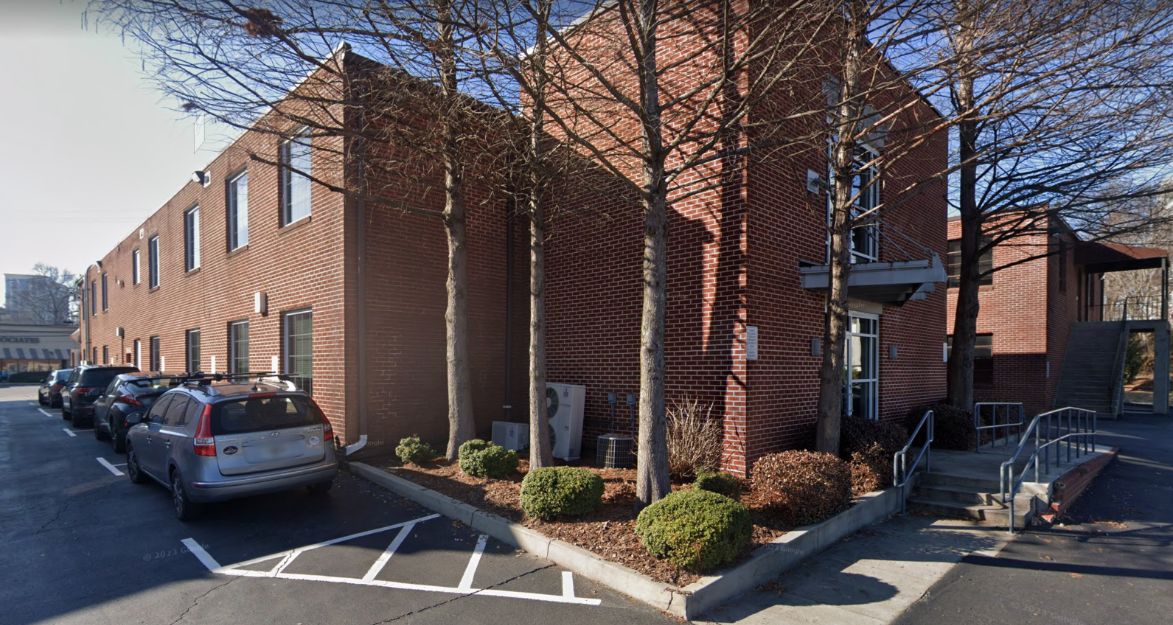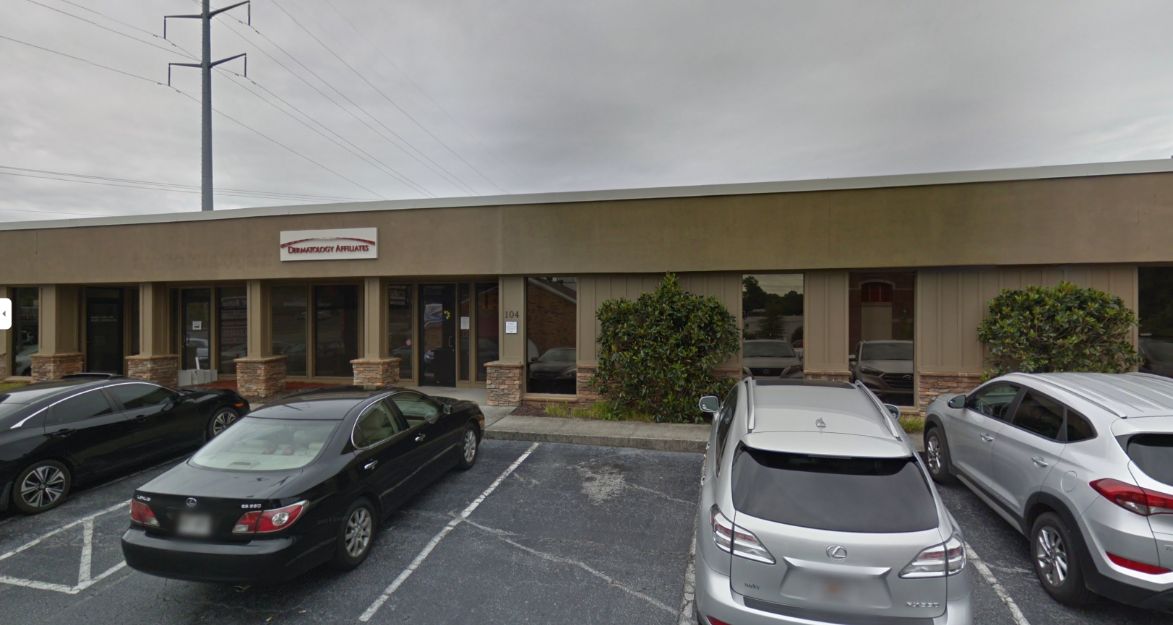Blisters
Dermatology Affiliates' dermatologists approach blister treatment based on the underlying cause and severity of the blisters. Explore more details on blisters below. If you’re suffering from painful skin irritants, schedule a skin consultation. Our skin experts can advise on proper care and monitoring to ensure your blisters heal effectively without complications.
Examples of Blisters
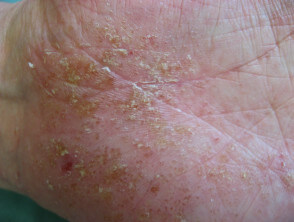
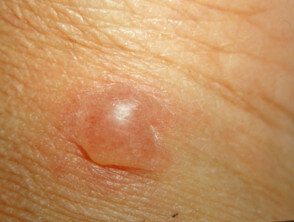
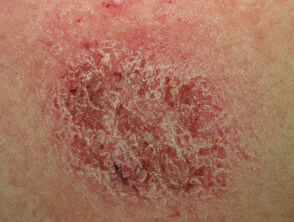
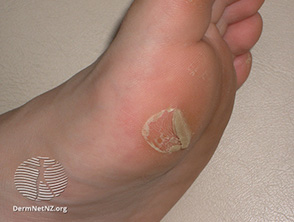
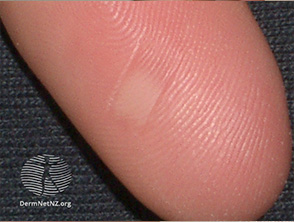
What are the Symptoms of Blisters?
- Blisters appear as a fluid-filled sac or bubble on the skin.
- Pain or tenderness at the blister site.
- Redness or inflammation around the blister
- Possible swelling or warmth around the blister.
- Sensitive or tingling sensation before the blister appears.
Causes of Blisters
- Blisters often result from friction, especially when fabric repeatedly rubs against the skin.
- They can form in response to a chemical or allergic irritant, a condition known as contact dermatitis.
How to Prevent Blisters
Preventing blisters is achievable by eliminating the irritant and adopting simple preventive measures. Ensure comfort and minimize the risk of blisters by following these practical tips:
- Avoid Tight Clothing: Opt for well-fitting clothing to prevent unnecessary friction. Choose breathable fabrics that reduce moisture and heat, decreasing the likelihood of blister formation.
- Properly Fitting Footwear: Wear shoes that fit correctly, providing ample space for your toes. Opt for moisture-wicking socks to keep your feet dry during physical activities.
- Use Work Gloves: When engaging in heavy manual work, wear appropriate work gloves. Gloves protect your hands from friction, pressure, and irritants, reducing the risk of blisters
- Identifying & Avoiding Irritants: This is crucial in preventing the occurrence of contact dermatitis-induced blisters.
By incorporating these practices into your daily routine, you can minimize the potential for blisters and enhance overall comfort.
FAQs for Blisters
It’s advised not to pop a blister because it acts as a natural protective barrier against infection. If you pop a blister, you can expose the skin underneath to bacteria, raising the risk of infection. If a blister is causing significant pain or discomfort, or if there are signs of infection, it's advisable to consult a dermatologist for proper evaluation and care.
You should schedule an appointment with your dermatologist if your blister:
- Is sizable or affects a large area of the body.
- Shows signs of infection, such as heat, redness, increased pain, or filled with puss
- Occurs alongside a severe burn, allergic reaction, or an underlying medical condition.
- Reoccur or do not heal.
Caring for a blister properly can help it heal faster and prevent infection. Here are some common tips:
- Do not pop the blister.
- Softly wash the blister gently with mild soap and water.
- Use antibiotic ointment.
- Keep blister clean and covered.
If the blister is large, painful, or shows signs of infection, see your dermatologist.
Blisters commonly form from friction or burns. They can be managed at home by cleaning the area, protecting it with a sterile bandage, and avoiding popping it. If you commonly get blisters, have large, painful, or infected ones, or if a blister appears without a known cause or in sensitive areas, schedule an appointment with your dermatologist. They can evaluate the blister, offer specialized treatment, and identify any underlying skin conditions that may be causing the problem.
Blister Treatments
Dermatologists employ effective treatments for blisters, addressing the cause and promoting rapid healing. From specialized topicals to expert drainage techniques, they ensure personalized care.
Although medical intervention is not always needed to treat blisters, we recommend you do not pop your blisters at home as that can cause infection. If a blister does open on its own, be sure to leave the covering in place to support further healing. Simply wash the area gently with mild soap and water, pat it dry and apply an antibacterial ointment. Cover the blister with bandage to keep it clean. Replace the dressing at least once a day.
If your blisters are recurring, don't endure discomfort—schedule a dermatology appointment promptly for relief and optimal recovery.
Featured Blogs
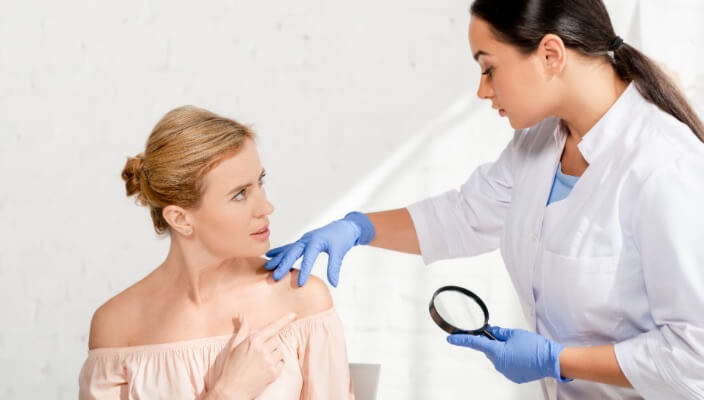
- General Dermatology
- Skin Care
- Chronic Skin Conditions
Skin tags are benign growths of excess skin which form in response to rubbing and irritation. Read more to learn about what we can do about them.
Read More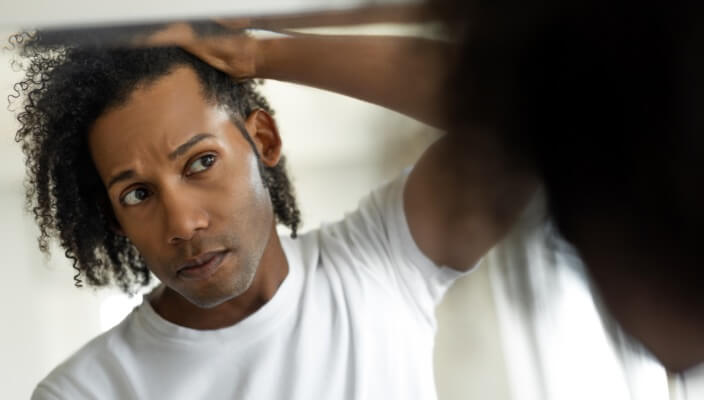
- Skin Care
- Cosmetic Treatments
The cosmetic treatment “microneedling” has created quite a buzz in the beauty industry as a restorative skin treatment. Now, its rejuvenating abilities extend to the scalp too.
Read More
- Skin Care
- Cosmetic Treatments
Entering their 40s warrants special attention to neck care. Often overlooked until signs of aging have already manifested, it's imperative to begin applying sunscreen to the neck daily.
Read MoreFeatured Products
Check your local office for current stock!
Check your local office for current stock!

